Make your voice heard on lifejacket legislation
Submissions close on Thursday 11 December. Ready-to-use comments to share with Parliament and more information
Lifejackets save lives. The clue is in the name! Personal floatation devices are one of the simplest and most effective ways to increase your chance of survival when things go wrong in the water.
Most water incidents occur suddenly with no warning. Water Safety New Zealand recommends wearing a lifejacket at all times. Simply having a lifejacket with you is not enough. By the time you know you need one, it's probably too late to put it on and it is extremely difficult, if not impossible, to put on a lifejacket once you are in the water. It's simple. Always wear a life jacket on every type of craft – jet ski, dinghy, boat, power boat, kayaking, rafting or standup paddleboard. Whatever your waka, you never know when the unexpected will happen.
Tragically, 90% of craft-related drowning deaths in 2024 involved individuals not wearing lifejackets.


The zip must be able to be closed, with slight tension and buckles tightened so they are under tension It should fit snugly without being confining or riding up on your body.
The neck section or collar should not sit up around your head.
A crotch strap will prevent the lifejacket from riding up around your neck or your child’s neck. It will prevent children falling out of the bottom of the lifejacket. Wearing a crotch strap means you exert less energy in the water trying to keep it on.
When you go unconscious in a poorly fitting lifejacket, your arms will relax and could slip off over your head.
All lifejackets must meet specific Australia / New Zealand Standards or equivalent international standard.
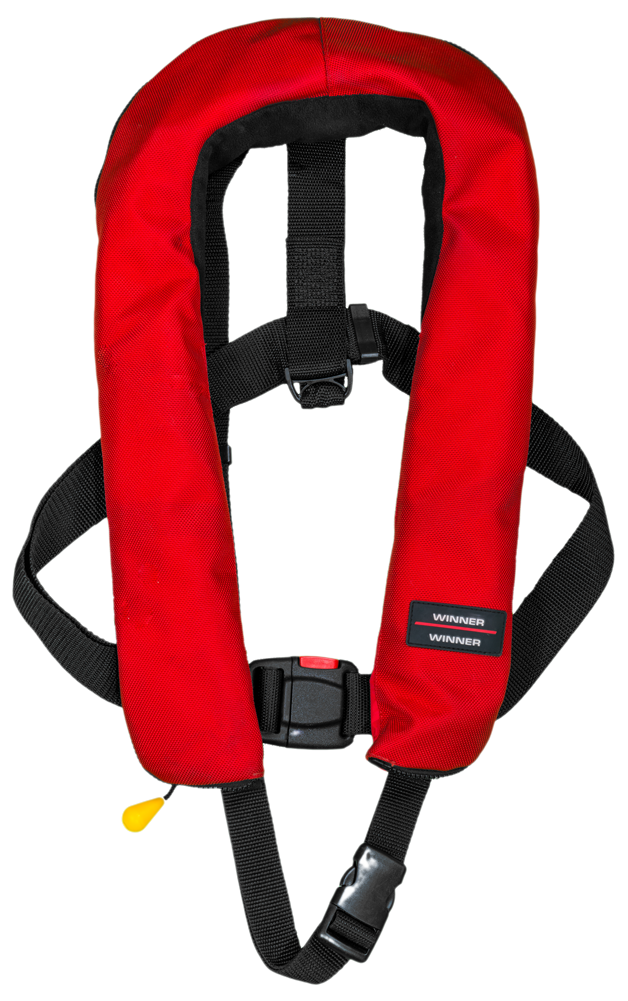
Where to use: Perfect for open ocean, rough weather and when you’re far from shore. It’s a life-saving system that works even when you can’t.
Simple rule of thumb: If your activity means you are likely to get wet, an inflated lifejacket is difficult to swim with back to your vessel and difficult to climb back aboard. Inflatable lifejackets are NOT recommended for jetskis, kayaks, dragonboats and dinghys.
How it works: 401 inflatables can be either water-activated and automatically inflate in seconds and they also have a manual cord just in case.
Buoyancy: Must have 150 Newtons, which is like 15kg of extra buoyancy keeping you afloat, must have a crotch strap as with the extra buoyancy, you will struggle in the water and exert excessive energy.
The reality check: Both auto and manual inflatable life jackets have a manual pull cord and an oral inflation tube. Get to know the life jacket you are using. Yank the cord and inflate when you need it.
You don’t know 100% it will work until its inflated, check it regularly
Comfort level: Lightweight and low profile when not inflated. Wear for hours without feeling weighed down or restricted. People find they are so comfortable they forget to take them off.
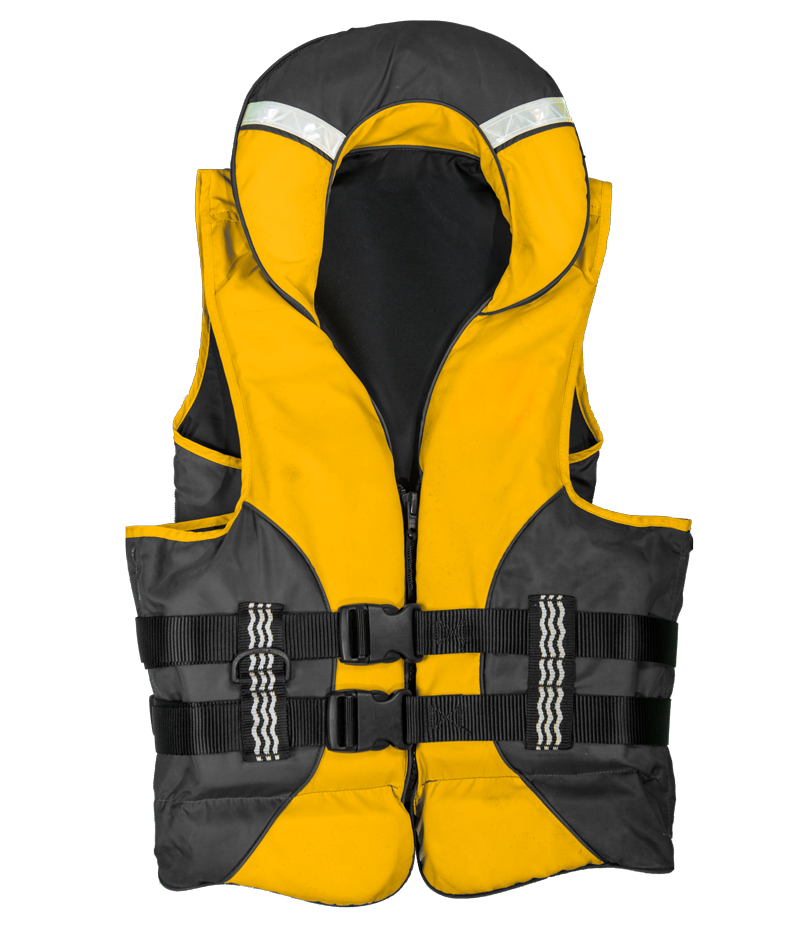
Where to use: Calm harbours, lakes, and protected coastal areas - steer clear of offshore ocean waters.
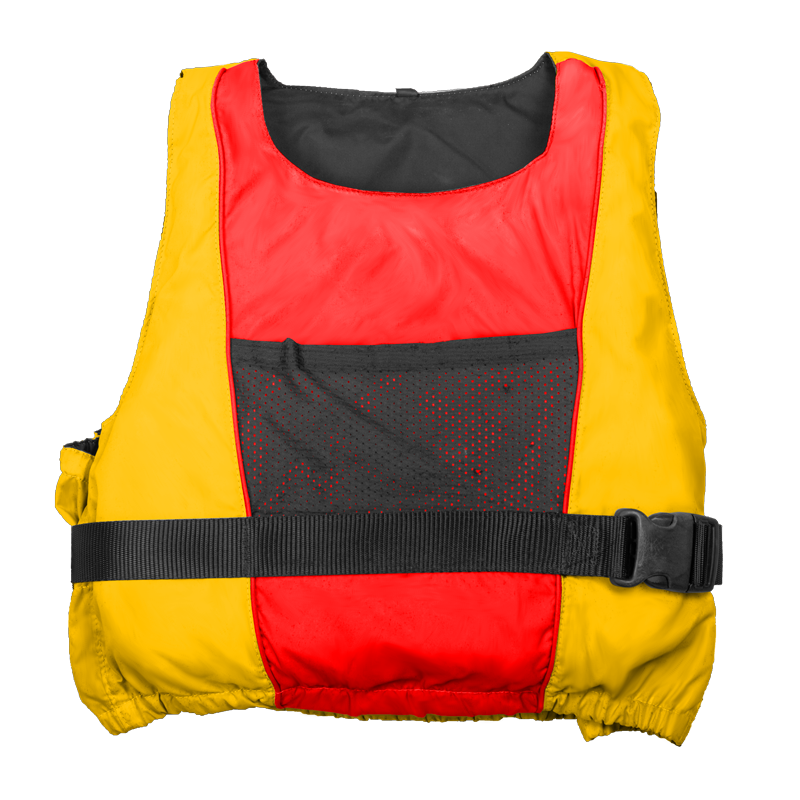
Where to use: Water skiing, Sea biscuiting, Wake boarding, rowing, stand-up paddle-boarding, kayaking, sailing, waka ama, dragon boating.
How it works:
The reality check:
Fine for skilled swimmers in calm conditions, but not ideal for emergencies. It has 53 newtons of buoyancy – which is less than a standard 402 life jacket.
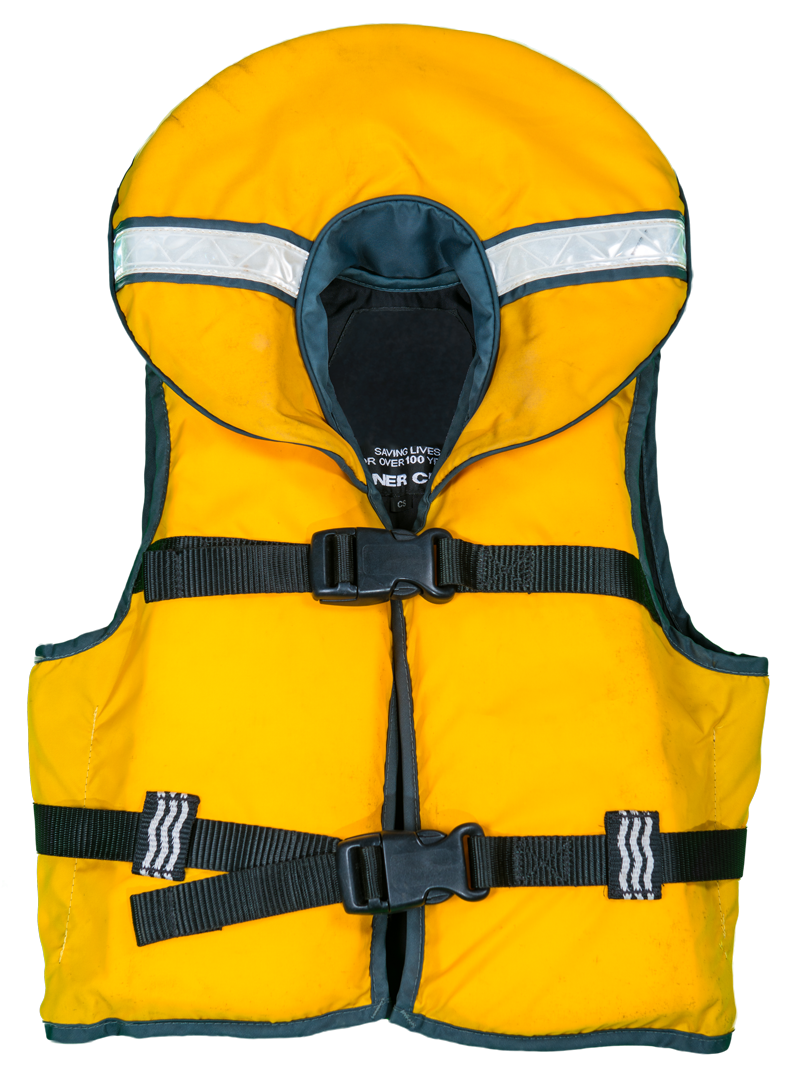
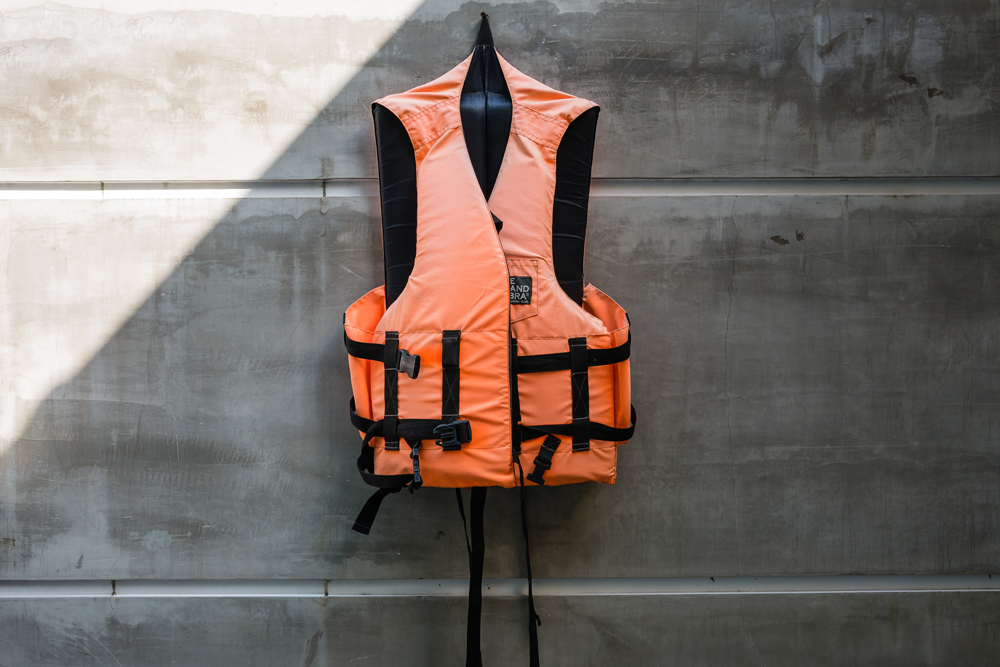
Clean: Wash your lifejacket with fresh water after use, especially after being in or near saltwater. Be careful with automatic inflatables
Storage: Must be hung to allow to dry, preferably on the boat for next time, store lifejackets in a cool, dry place out of sunlight to prevent damage. Check for any damage before you put it away. Don’t store folded or compressed under a heavy object.
Test regularly: Test your lifejacket in the water to ensure it provides adequate flotation and support.
Inflatable lifejackets should ideally be individually owned so that the end user knows where it’s been, adjusted correctly and understands how to use it.
Everyone should practice putting on and taking a lifejacket off in the water.
Inflatable lifejackets sink if not worn.